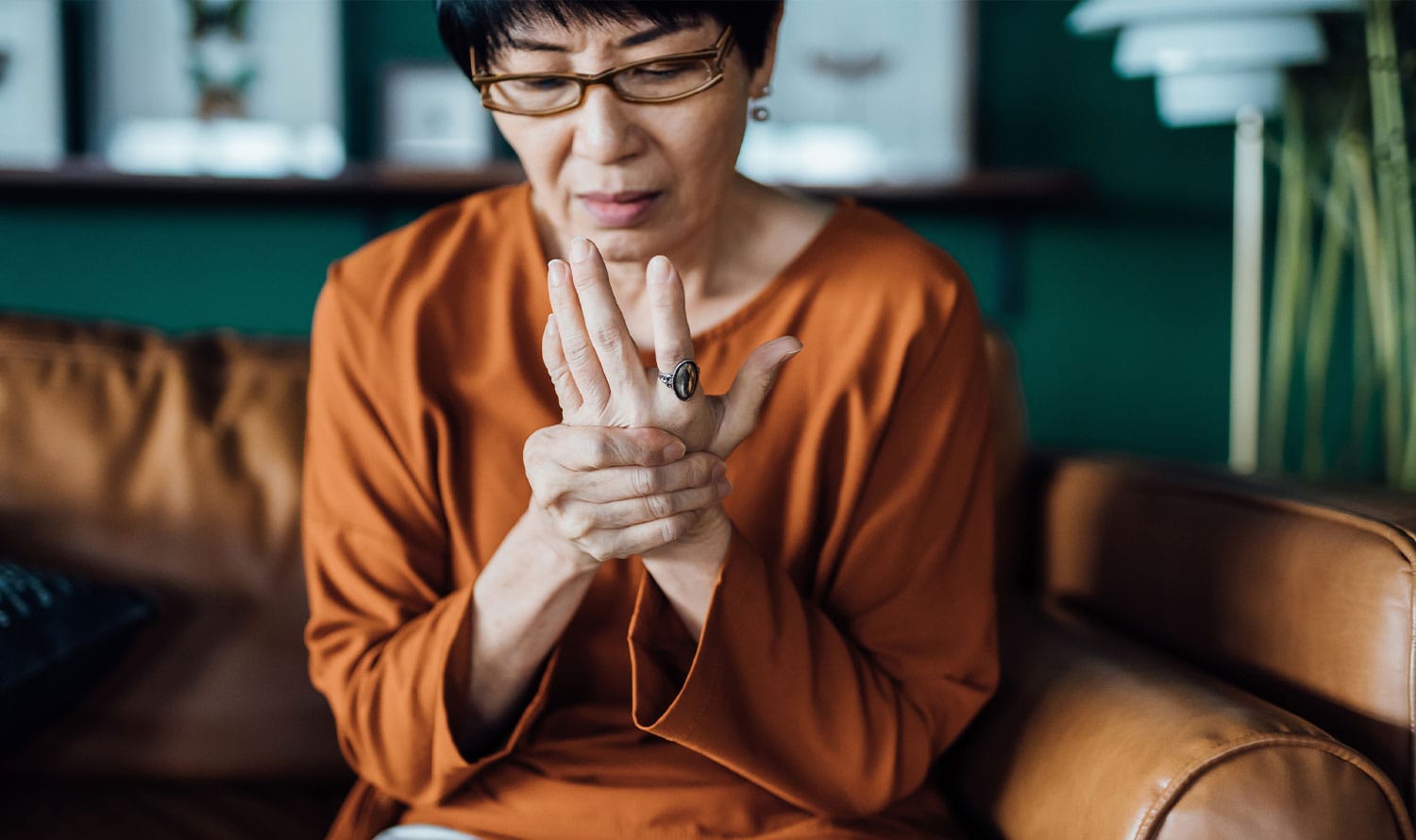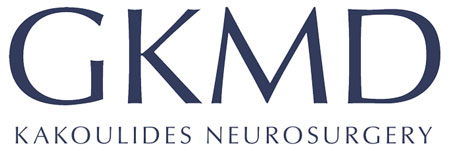Movement disorders can cause tremors, stiffness, muscle spasms, and difficulty with coordination or walking. At the practice of Dr. George Kakoulides, patients receive expert evaluation and access to advanced treatments, including deep brain stimulation (DBS), ablative procedures, and spinal cord or motor cortex stimulation. We treat Parkinson’s disease, dystonia, tremors, and more, helping patients worldwide regain control and confidence.
Regain control over your body
Movement disorders are neurological conditions that affect the speed, fluency, and control of voluntary and involuntary movements. These disorders can result in excessive movement, such as tremors or tics, or reduced movement, such as stiffness or slowed motion. Common types include Parkinson’s disease, Huntington’s disease, dystonia, essential tremor, and Tourette syndrome. Each condition affects different parts of the nervous system, leading to a range of motor symptoms. Accurate diagnosis and specialized care are essential.

When is surgery for movement disorders needed?
Surgery is typically considered when symptoms significantly interfere with daily life and do not respond to medication, physical therapy, or non-invasive treatments. Neurological procedures, such as deep brain stimulation (DBS) or ablative therapies, can provide targeted relief by interrupting abnormal brain activity. Dr. Kakoulides performs advanced surgical procedures tailored to your diagnosis to restore function and independence.
You may need surgery if conservative treatments fail to manage these conditions:
- Parkinson’s disease
- Essential tremor
- Dystonia
- Tourette syndrome
- Medically resistant epilepsy
- Obsessive-compulsive disorder (OCD)
The surgeries used to treat movement disorders
Deep brain stimulation (DBS)
Deep brain stimulation is one of the most effective surgical treatments for movement disorders like Parkinson’s disease, essential tremor, dystonia, and OCD. In this procedure, Dr. Kakoulides implants a small device that sends electrical impulses to targeted areas of the brain to regulate abnormal activity. DBS can significantly reduce tremors, rigidity, and motor fluctuations, and it is adjustable, reversible, and tailored to each patient’s individual needs.
Ablative procedures
Ablative procedures are used to create precise, targeted lesions in specific brain regions that are responsible for abnormal movements. Dr. Kakoulides offers surgical options like focused ultrasound and radiofrequency (RF) ablation to treat tremor and dystonia without the need for incisions or permanent implants. These techniques are ideal for patients who are not candidates for DBS or prefer a non-implant alternative to manage symptoms effectively.
Responsive neurostimulation (RNS)
Originally developed for epilepsy, responsive neurostimulation is an advanced treatment for patients with medically resistant seizures that may accompany or mimic movement disorders. Dr. Kakoulides places the RNS device in the brain to detect and interrupt seizure activity in real time. This approach helps reduce the frequency and severity of seizures, especially when seizures are linked to abnormal motor function or difficult-to-localize sources.

Stereoelectro-encephalography (sEEG)
Stereoelectroencephalography (sEEG) is a sophisticated brain mapping technique used to identify the exact source of abnormal brain activity, particularly in epilepsy cases with motor involvement. Dr. Kakoulides uses sEEG to plan safe neurosurgical interventions by placing electrodes in the brain to record activity over days. This data helps guide treatment decisions, including whether surgical removal or stimulation of a specific area will provide relief.
Motor cortex and spinal cord stimulation
For patients with chronic pain syndromes related to movement disorders, Dr. Kakoulides may recommend motor cortex or spinal cord stimulation. These involve implanting electrodes near the brain or spinal cord to deliver mild electrical pulses that modulate pain signals. This method can be highly effective for individuals with pain-dominant conditions or complex regional pain syndromes associated with dystonia or post-surgical complications.

Contact Dr. George Kakoulides
Dr. George Kakoulides is a board-certified neurosurgeon dedicated to offering expert care for movement disorders ranging from Parkinson’s to Huntington’s disease and Tourette syndrome. He sees patients of all ages from around the world, and, best of all, you don’t need to travel to New York City for treatment. Schedule a consultation today to explore your options.
